The story of Virtual Springfield, the Simpsons walking simulator that spawned a tourist attraction
How a small team created the first real map of Springfield, and then lets fans walk around in it on their PCs.
In Henderson, Nevada, there is a house you might recognize. It's changed somewhat over the years, the cartoonish yellow exterior repainted a soft pink to blend more naturally into its surroundings. But some features are unmistakable: the two bay windows framing its front entrance, the protruding chimney stack, the large garage adjoined to the right-hand side of the house. I'm talking, of course, about 742 Evergreen Terrace, the home of The Simpsons.
So many things had tried to use The Simpsons as a means to make another type of game. We wanted this to exclusively be about The Simpsons.
Michael Viner
In 1997, Fox Interactive commissioned the real estate company Kauffman and Broad to construct a real-life replica of The Simpsons home to give away in a promotion for the PC game Virtual Springfield. In the years since it's become somewhat of a famous tourist attraction in the area, with fans flooding YouTube with videos of their trips to cartoon-in-real-life suburbia.
But at the time Fox was pulling its stunt, nobody on the development team knew it was happening, despite working on the game for almost three years. They only found out about it when the lead designer stumbled upon an article by chance in an in-flight magazine.
"Being 24 or 25, it was a sore spot," says Michael Viner, who was the lead designer on Virtual Springfield at Vortex Media Arts and later Digital Evolution. "Because we had conversations with Matt Groening and most of the time the people at Fox Interactive wanted to play intermediary, so this was an event that we only read about. It had all the Fox Interactive people with Matt Groening in front of the house and we were like 'What is this?' We didn't know about it at all."
This is just one of many unusual stories from the development of Virtual Springfield, a project that wasn't your typical licensed videogame—or even much of a videogame at all. Released at the height of The Simpsons' popularity as it entered its sixth season, Virtual Springfield let you walk around a 3D recreation of the town, visiting memorable locations like Moe's Tavern, the power plant, and Springfield Elementary. Not only did it feature hours of brand-new dialogue from The Simpsons' voice actors, including the late great Phil Hartman in his only appearance in a Simpsons videogame, but it was one of the first attempts at mapping The Simpsons' hometown in 3D.
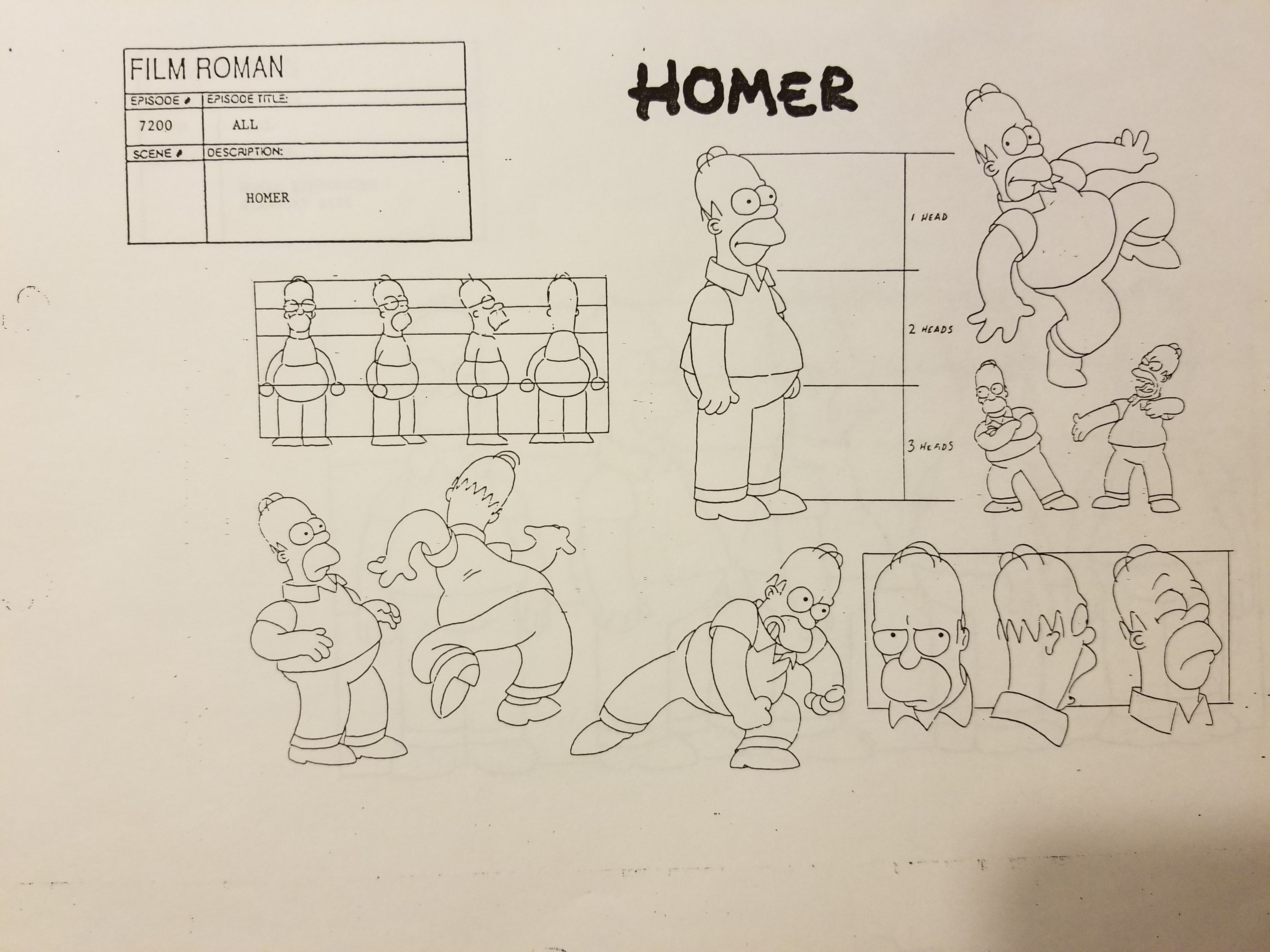
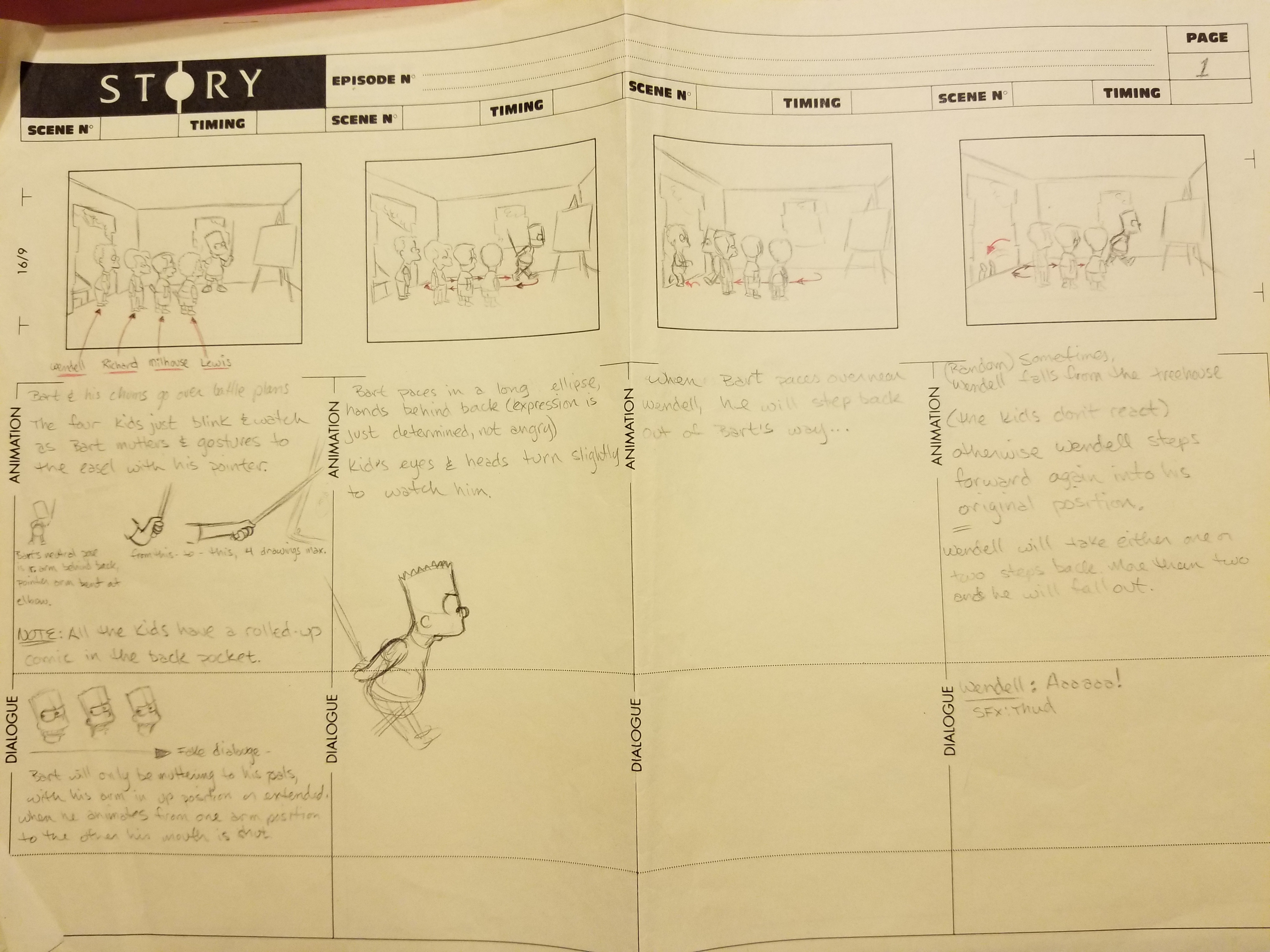
As a kid it was one of the few games that I could get to run on my home PC. I remember spending countless hours making different slushies in the Kwik-E Mart, trying to avoid death in Larry the Looter in Noiseland Arcade (spoiler: you can't), and taking my chances on the Love Tester in Moe's Tavern only to land on Cold Fish yet again. It was an open world Simpsons experience years before Simpsons Road Rage or Simpsons Hit n' Run, and for my pre-adolescent brain it was the perfect vessel for my love of the show.
One of the most remarkable things about Virtual Springfield was its lack of urgency. There were no difficult puzzles to prevent progression and no ham-fisted enemies to fight, just you and some of the most iconic locations and characters from the show in one place.
The biggest gaming news, reviews and hardware deals
Keep up to date with the most important stories and the best deals, as picked by the PC Gamer team.
There were some unlockable areas that required an item for entry, and 75 collectible Simpsons cards scattered around the town to collect to unlock a secret message from Simpsons' creator Matt Groening. But these weren't the focus of the experience or even required to get the most out of the game. Instead, Virtual Springfield was all about the novelty of poking around familiar locations on your own time and having the freedom to pick and choose where you wanted to head next.
"I think we'd seen so many things that had tried to use The Simpsons as basically a means to make another type of game," Viner says. "And we wanted this to exclusively be about The Simpsons, because we were all just big fans. I think by making this type of game or at least this type of proposal, we were really saying, 'We're just going to build this world full of content that references or riffs off of what The Simpsons had already done.'"
A virtual town
The Simpsons' inconsistent geography is one of its longest-running gags, which is what made the game such an exciting prospect at the time. Finally we could see how different locations in the town fit together. But it also meant Virtual Springfield wasn't easy to build.
"They admittedly paid no attention to [continuity] when they were making The Simpsons," Viner recalls. "If they needed something for an episode, they just created it. And they didn't think much about how it hooked into a neighbourhood. That was a big challenge for us -- figuring out where things were located in juxtaposition in creating a map for Springfield."
"The one really clear memory is they sent us videotapes of every show from the beginning in these unmarked white boxes," Morgan R. Roarty, who was a programmer and designer on Virtual Springfield, adds. "We basically had to watch all the shows and come up with the overall map of the town. I remember it being laid out on all these pieces of paper."
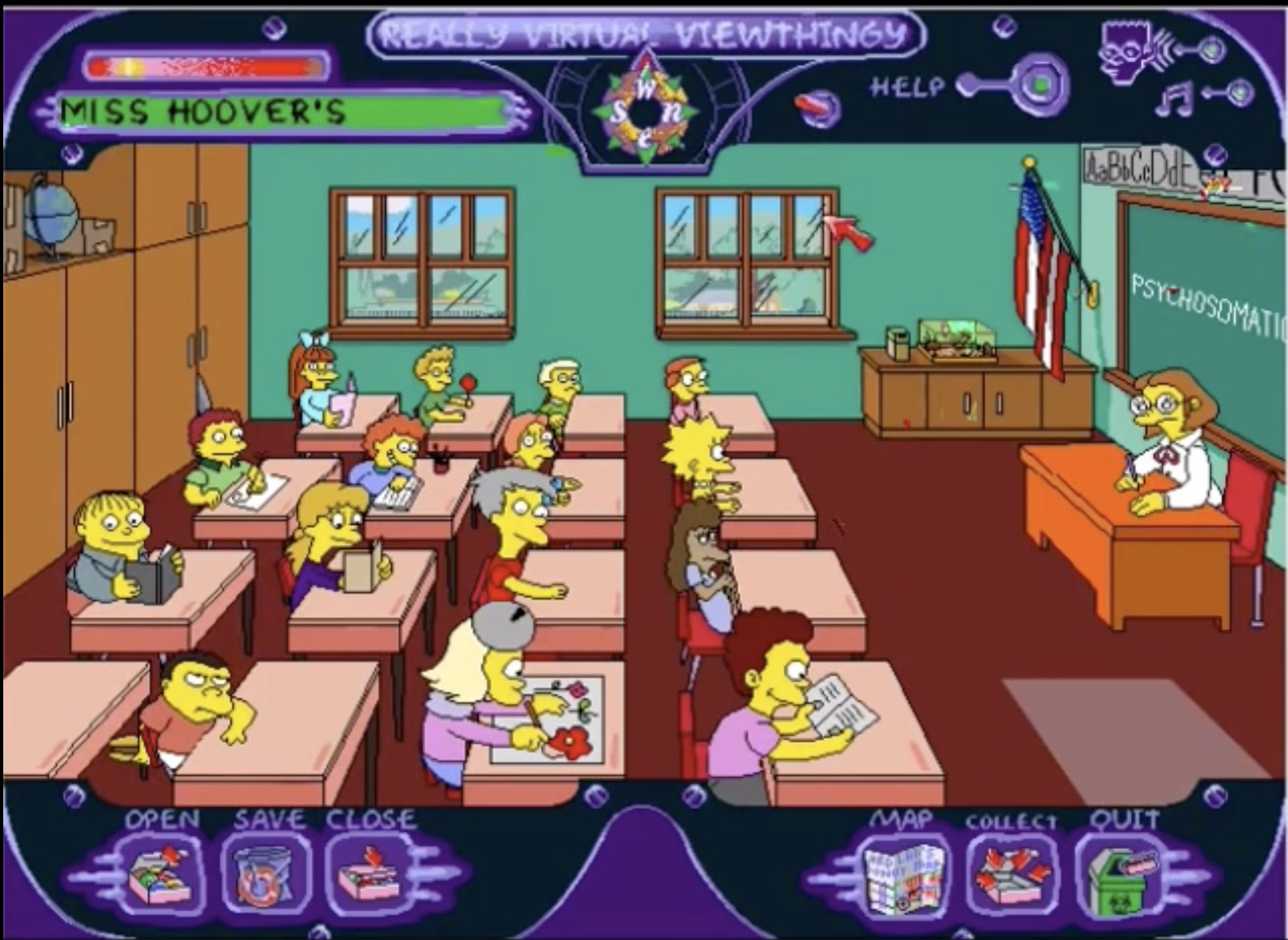
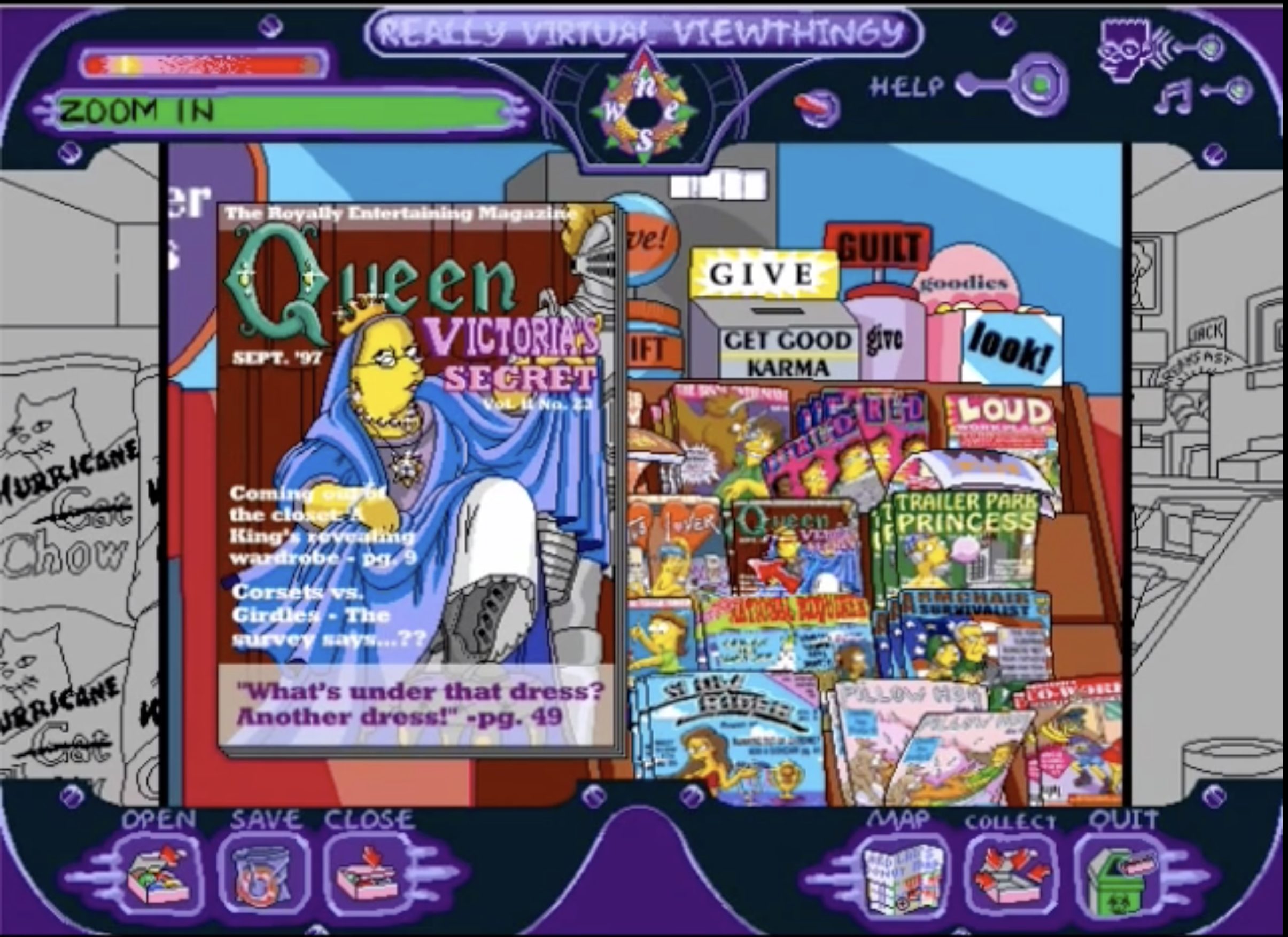
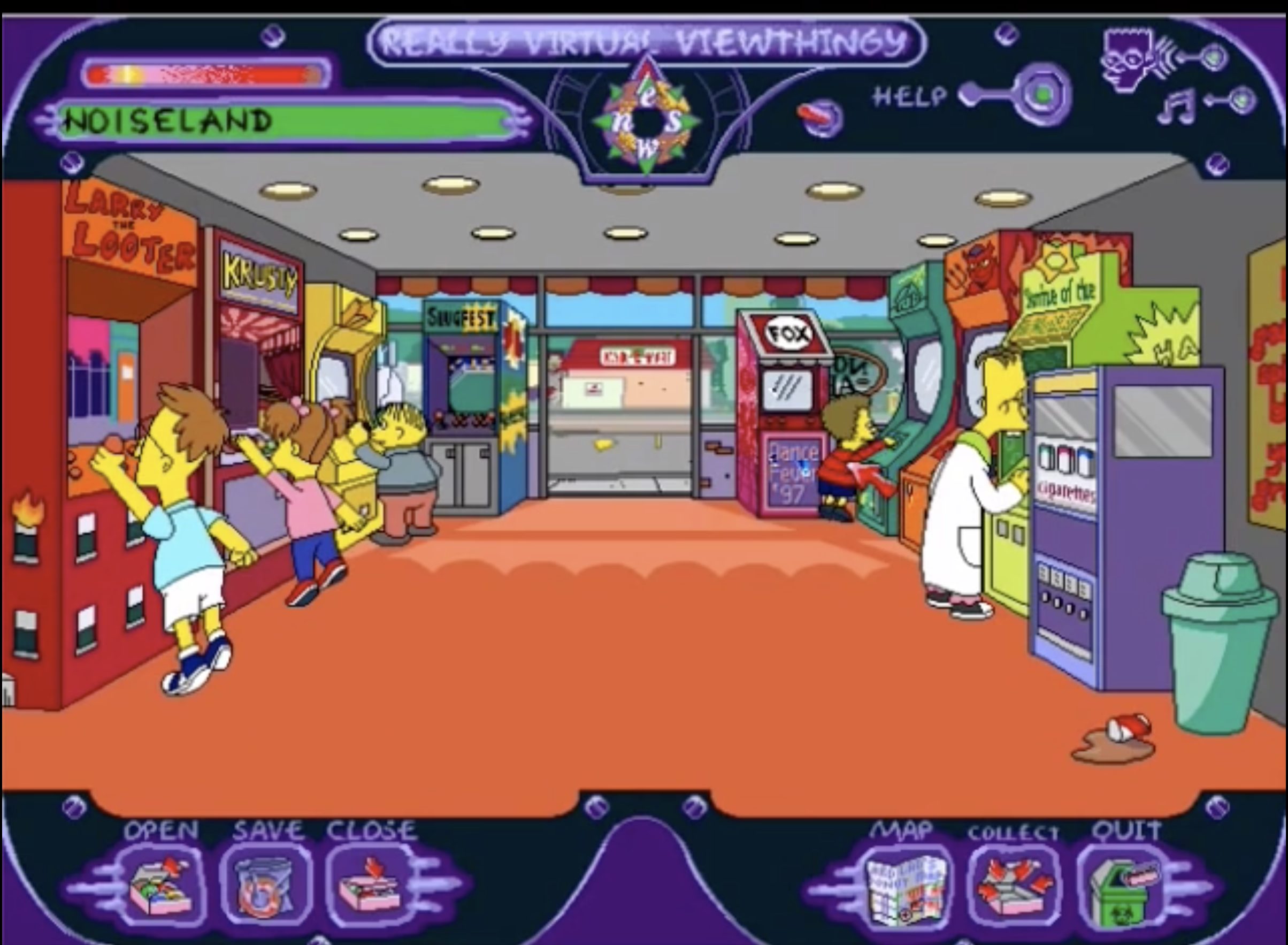
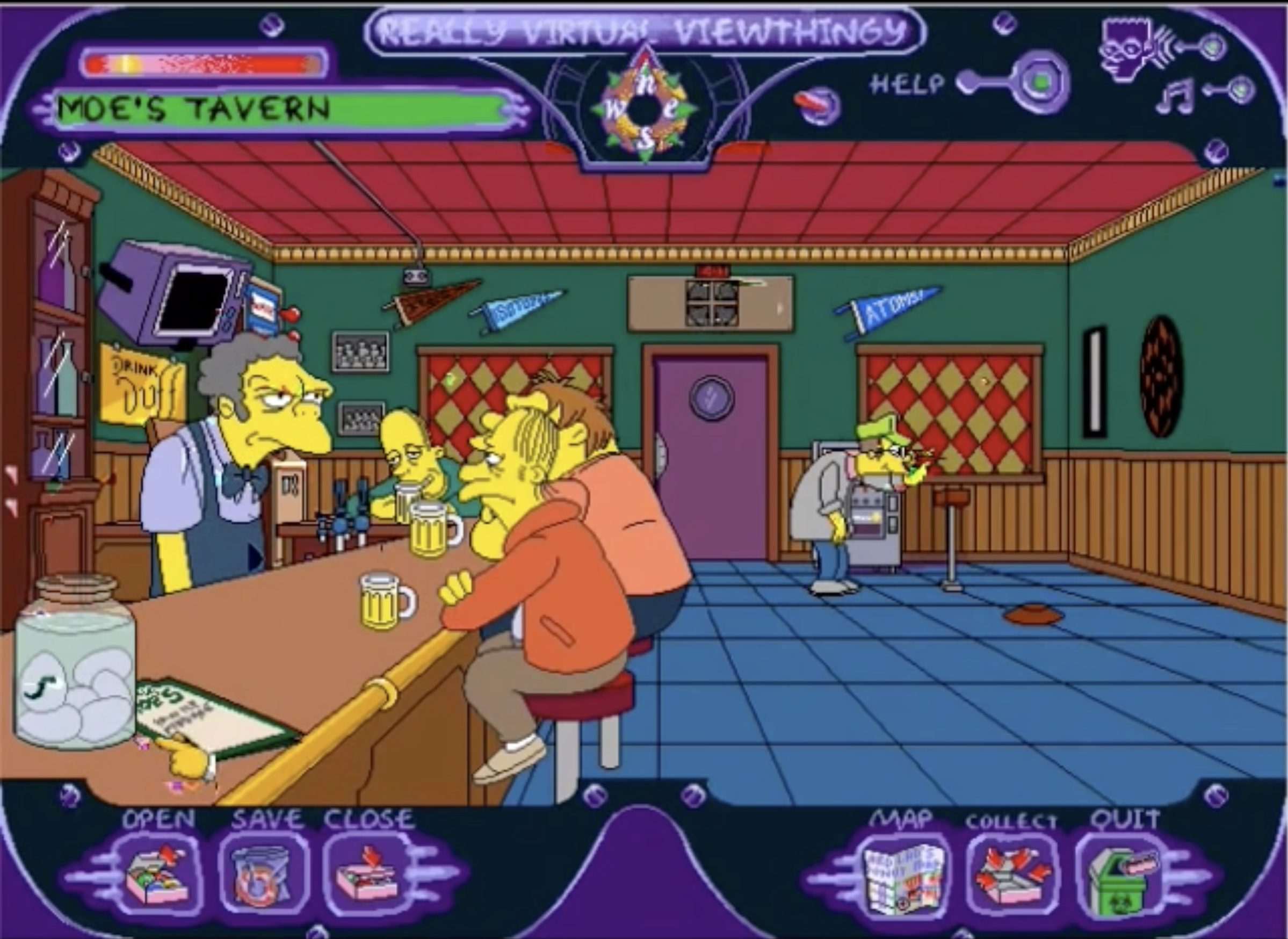
They picked two locations as logical starting points for the town's map—Evergreen Terrace and Springfield Town Hall. Working from there, they then placed locations based on what they could glean from the backgrounds of shots. For the time it was an incredible feat, but future episodes contradicted their hard work and made their Springfield outdated.
Besides the detailed town map, another one of Virtual Springfield's major attributes was the inclusion of all of the major voice actors, who were already stars by this point. Hank Azaria had just finished filming The Birdcage with Robin Williams and Gene Hackman, and Phil Hartman was currently in the process of filming the Arnold Schwarzenegger Christmas film Jingle All The Way, in Minneapolis. Prior to this, the voice actors had only contributed grunts and catchphrases to other Simpsons games, mostly uncredited, but Virtual Springfield had its own script, overseen by The Simpsons' writing assistant Neil Alsip.
One of Hartman's characters, TV and Infomercial host Troy McClure, introduced players to the virtual experience at the very start of the game. When loading up Virtual Springfield, he would greet the player before listing off a lengthy list of his previous computer travel guide work, from "Smother me in Shreveport" to "Living, Loving, and Lubbock" and "Pinch Me, I'm in Boise." Viner remembers that they had only scheduled two hours for the star to record his lines on the day, but that he nailed it within less than an hour.
"He was so spot on," Viner recalls. "When you get to the start-up and the game starts there's a lot of variables. It goes 'Hi, I'm Troy McClure, you may remember me as…' and he goes on from there with however many variables he has. We assumed we would edit the animation together by having the identical introductory animations ('Hi I'm Troy McClure and you might know me from such interactive…') and then doing separate animation/lip sync for the names of the cities. However the audio cadence for each take was so spot on that we were able to use the entire takes and the lip-sync." The time saved was negligible, but it demonstrated just how well Hartman knew the character and his cadence.
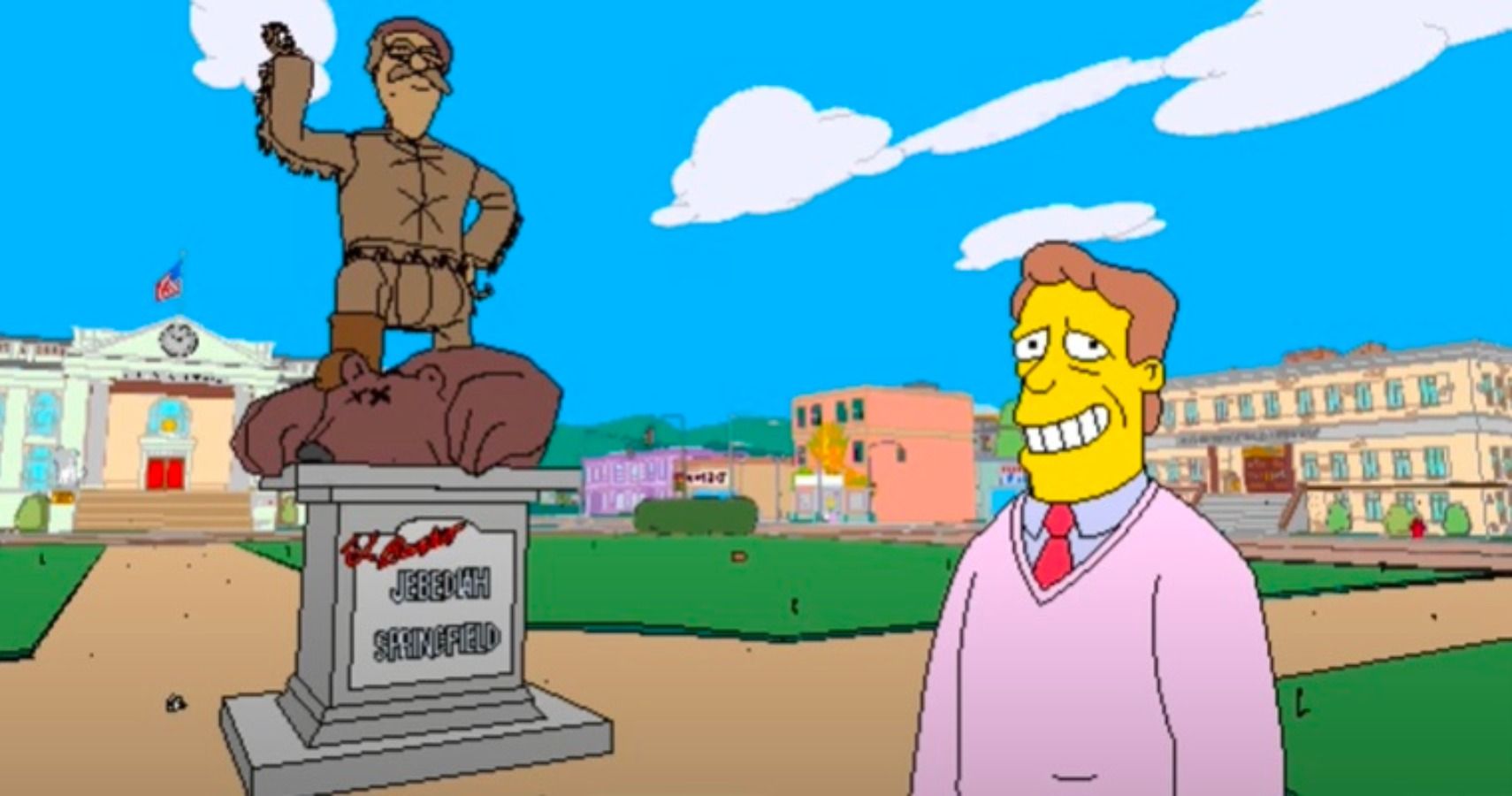
Today Hartman's performance, and the dialogue from the other Simpsons voice actors, feels like a secret cache of golden age Simpsons material. In hindsight, it's miraculous Virtual Springfield was ever finished. The company developing the game, Vortex Media Arts, closed down during production, struggling to keep enough work coming in for its staff of full-time animators. "We were downsized and downsized and then ultimately shut our doors," Viner remembers. "But Digital Evolution bought the contract for Virtual Springfield. Around that time, it was like the dot com boom and everybody was everything. They had a lot of projects. They were very legitimate; but they didn't have a gaming division."
Digital Evolution made an unlikely arrangement with Fox to inherit the game and four members of its development team, which they set up in the company's auxiliary kitchen in Burbank. The new company only received roughly one milestone's worth of budget to make the game and likely lost money by completing it, but hoped that it would make their investment back on royalties. There was an issue, though. Morgan Roarty, the developer behind the game's engine, had since gotten a new job at EA. In order to help get Virtual Springfield out of the door, he'd join the team on weekends, sleeping on Viner's couch before flying back.
"It was supposed to be about two weeks," says Viner. "It ended up being two months of his time. He was an absolute trooper about it."
The team were definitely outliers at the studio. The rest of Digital Evolution (roughly 100 people) was focused on making websites for companies like Lexus. They mostly viewed the project as a weird little side venture though Viner remembers that one guy tried to recruit him to work on an interactive slot machine, causing him to have to explain the difference "between "videogaming" and the Nevada Gaming Commission brand of "gaming."
When Virtual Springfield was finally released, the reviews for the game were mixed. Most reviewers praised its level of detail and its references to the show, but some felt the game could become tedious at times and needed more of a challenge to prevent the novelty from wearing off. Positive reviews came courtesy of Entertainment Weekly and The New York Times, with the former ranking the game second on its Game of the Year list—one place ahead of Goldeneye.
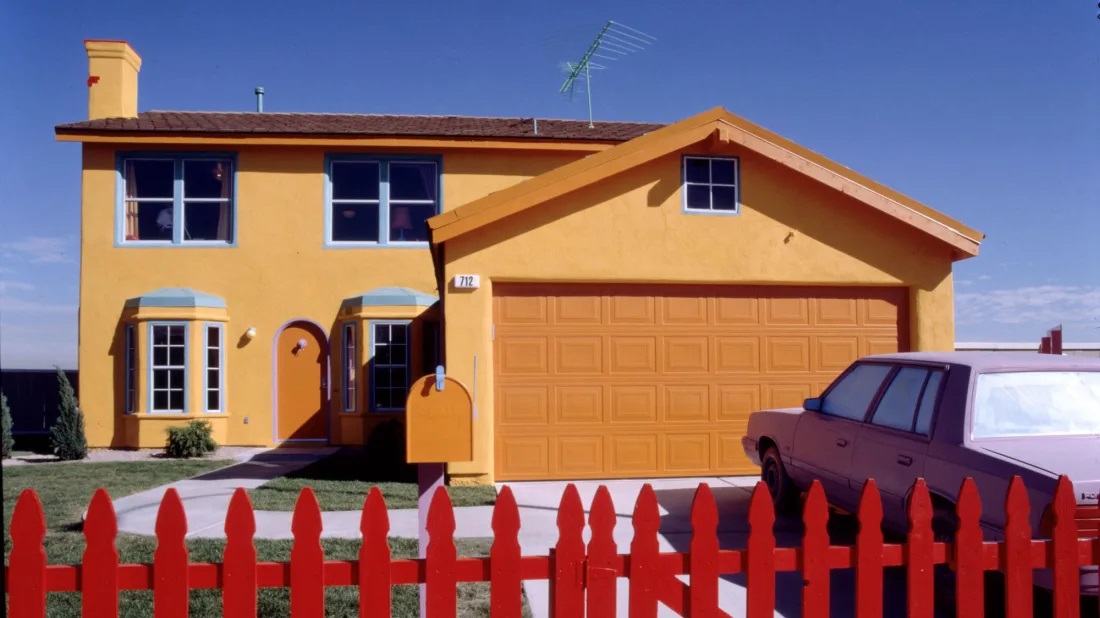
"I remember the reviews were generally good, but our expectations were not that it was the game of the year," says Viner. "We hoped it would be well received as not just being a Simpsons Game shoehorned into an existing engine, but rather an interactive experience that was uniquely Simpsons."
Revisiting Virtual Springfield for this article, I can see some of its rougher edges that I'd long forgotten (or never noticed in the first place). There's no fast travel. You can't even turn around while exploring the town. But in spite of that, Virtual Springfield is still an interesting oddity among licensed games—and games period, really. Not only for its earnest attempts to capture the comedy and humour from the show, but for the bizarre history surrounding its development and its ambitious goals for 1997.
"It was not a technical or gameplay innovator," Viner says now. "But we were very proud that through contributions from each and every artist and developer, we created something that was really entertaining and that the Simpsons fans and creators would appreciate."

